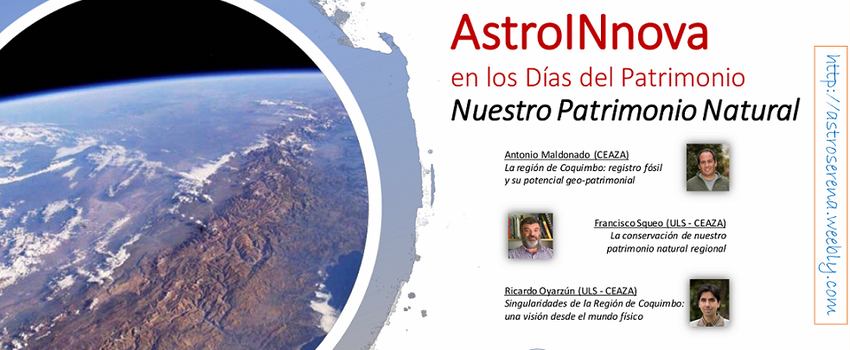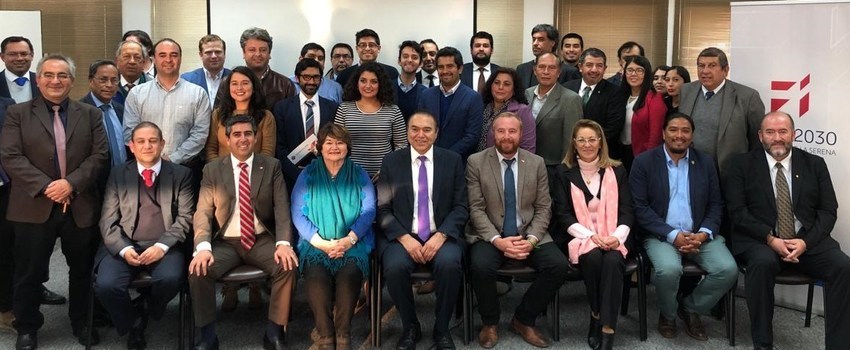
The project is co-financed by the Production Promotion Corporation, and the monitoring will be advised by the international organization Laspau, affiliated with Harvard University.
With the objective of transforming the Faculty of Engineering of the University of La Serena into a national and international reference in the fields of research, development, innovation and entrepreneurship, with emphasis on mining, energy and sustainability, the Advisory Council of the FIULS 2030 Project. The activity brought together different actors and sectors of society, with the participation of both public and private institutions.
The FIULS 2030 project developed by the Faculty of Engineering of the University of La Serena (FIULS) through the Corfo Program “New Engineering for 2030 Regions”, began to be developed in its first stage in 2016 with the development of the plan strategic and in 2018 the second stage of implementation began.
In relation to the project, the Rector of the University of La Serena, Dr. Nibaldo Avilés Pizarro, indicated that “the idea is that it carries out joint work with government entities, companies and the University; and with this to be able to focus on technological transfer and innovation, improve engineering curricula and align with the needs of the country.”
The Regional Director of Corfo, Gregorio Rodríguez, stressed that it is “very interesting that a project financed by Corfo and the Regional Government has the participation of the University of La Serena, in which the shortening of engineering majors was defined in its axes, the modernization of the network with technological transfer and the implementation of postgraduate models. This is what the region and the country need to face the challenges of the fourth industrial revolution.”
The Dean of the Faculty of Engineering, and director of the FIULS 2030 project, Dr. Engineer Mauricio Godoy, pointed out that “the call was very good, since the region as a whole, government authorities, regional council, companies at the national level and University. “We are very happy to have this strategic alliance and I am sure it will turn out very well.”
The President of the Coquimbo Regional Council, Adriana Peñafiel, stated that “the important thing is to emphasize that the University, through the project, has a great human capital of 2 students who can be trained to meet social needs, responding by incorporating the technologies".
The Seremi of Mining, Roberto Vega, regarding the initiative of the Advisory Council, stated that “we are very happy to support the regional university that is a pioneer at the national level in the study of mines. “We see a great opportunity where mining companies in our region can develop and solve their problems through the university”
While the Seremi of Public Works, Pablo Herman pointed out that "the formation of the Advisory Council was a very beneficial activity since the university meets with the actors and their real problems to provide solutions to their needs."
The FIULS 2030 project seeks to contribute to the country's competitiveness, through the incorporation of world-class standards to the Faculty of Engineering of the University of La Serena.
The private sector is also part of the Advisory Council. In this sense, Jorge Araneda, Study and Development Manager of Antofagasta Minerals, indicated that “the day was beneficial and the main challenge is to link in a better way and define the areas more precisely, there is a good possibility of synergy and joint work. ”.
In addition, Benjamín Pieper, Operations Support Service Manager at Minera Los Pelambres, was present.
Written by María José Barraza, FIULS 2030 Project
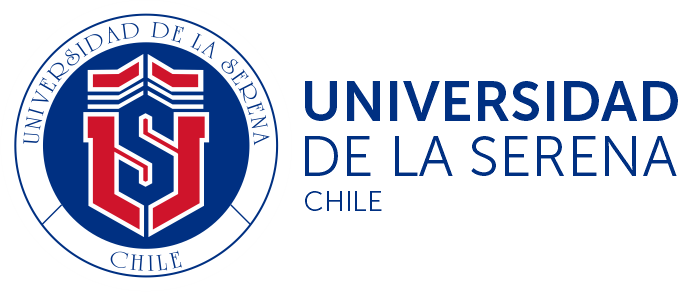
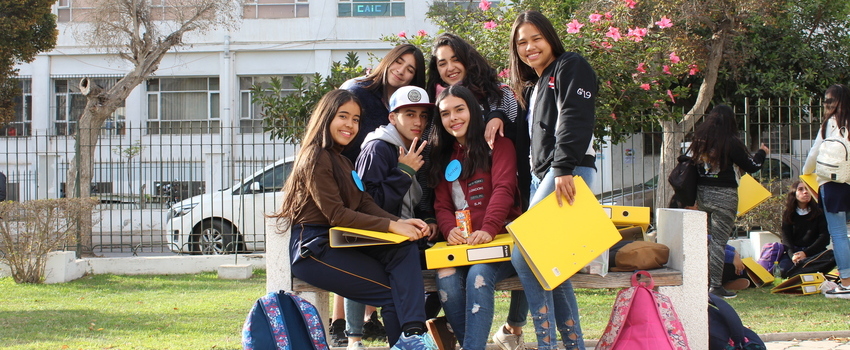
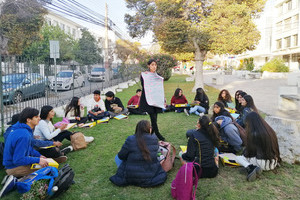 There are more than three hundred places available in this new cycle of reinforcements for students belonging to the twelve educational establishments affiliated with the institution's PACE Program.
There are more than three hundred places available in this new cycle of reinforcements for students belonging to the twelve educational establishments affiliated with the institution's PACE Program. 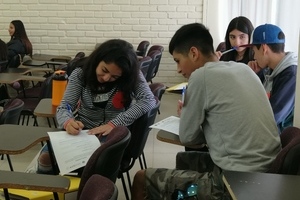 On the other hand, José Cordero, a third-year student at the Nicolás Federico Lohse Vargas High School in Los Vilos, indicated: “I am very happy to enter this Academy of the PACE Program, since as the team of professionals always tells us, the program helps to all those talents to enter higher education; I look around me and what I see are great talents, who can become the best in their specialty and the academy will help us improve and have a different and close look at higher education.”
On the other hand, José Cordero, a third-year student at the Nicolás Federico Lohse Vargas High School in Los Vilos, indicated: “I am very happy to enter this Academy of the PACE Program, since as the team of professionals always tells us, the program helps to all those talents to enter higher education; I look around me and what I see are great talents, who can become the best in their specialty and the academy will help us improve and have a different and close look at higher education.”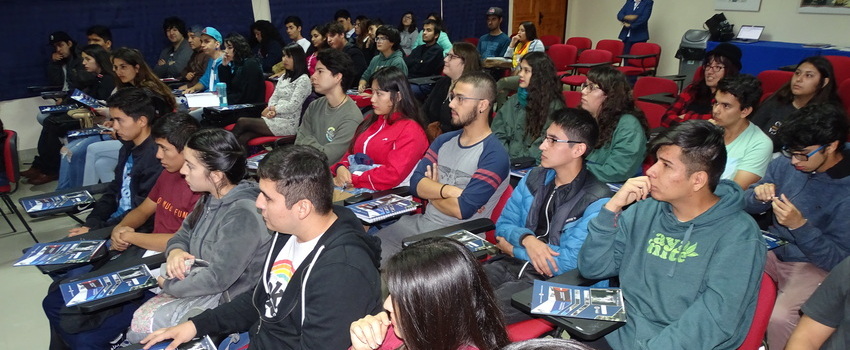
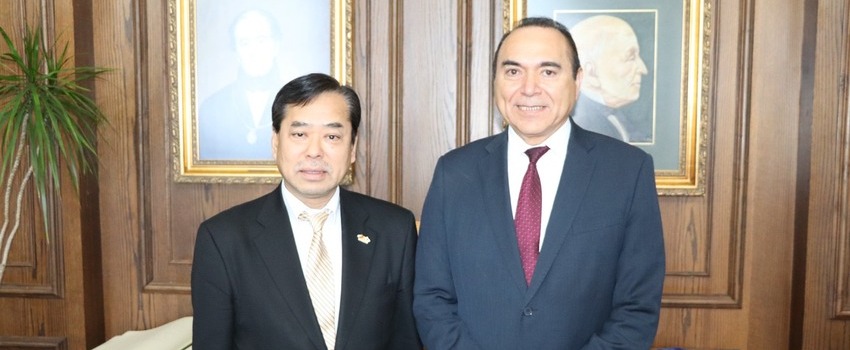
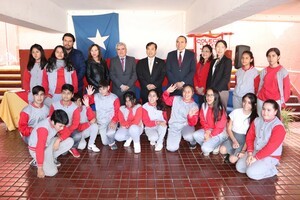 Rector Nibaldo Avilés pointed out that the Ambassador's visit “marks a milestone in the work carried out by the University of La Serena in regards to links with the environment. And through this visit, we seek to strengthen the ties between the University and continue working for the brotherhood between both nations.”
Rector Nibaldo Avilés pointed out that the Ambassador's visit “marks a milestone in the work carried out by the University of La Serena in regards to links with the environment. And through this visit, we seek to strengthen the ties between the University and continue working for the brotherhood between both nations.”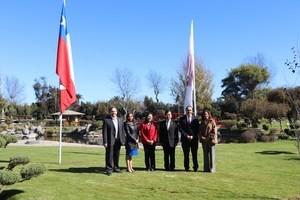 After the meeting held at the university and in which the diplomat's wife, Hiromi Hiraishi, the Dean of the Faculty of Social and Economic Sciences, Dr. Luperfina Rojas, and the first secretary of the Embassy of Japan, Daiki, also participated Matsunaga, the Ambassador and the highest university authority went to the Japan School, where they were received by the authorities of the educational establishment to participate in a ceremony in which they were given a distinction for their visit.
After the meeting held at the university and in which the diplomat's wife, Hiromi Hiraishi, the Dean of the Faculty of Social and Economic Sciences, Dr. Luperfina Rojas, and the first secretary of the Embassy of Japan, Daiki, also participated Matsunaga, the Ambassador and the highest university authority went to the Japan School, where they were received by the authorities of the educational establishment to participate in a ceremony in which they were given a distinction for their visit.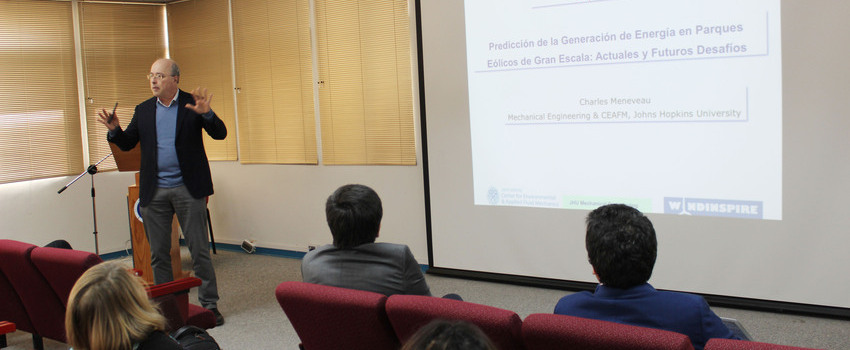
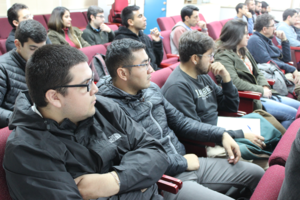 On the occasion, various talks were held regarding the problems and topics related to renewable wind energy, as well as the amount of clean energy generated in the Coquimbo Region. In this area, the professional from the region's Energy Ministry, Claudio Zambra, was in charge of speaking about the decarbonization program of Chile's energy matrix and about the regional panorama, emphasizing that 77% of energy is wind. in the sector.
On the occasion, various talks were held regarding the problems and topics related to renewable wind energy, as well as the amount of clean energy generated in the Coquimbo Region. In this area, the professional from the region's Energy Ministry, Claudio Zambra, was in charge of speaking about the decarbonization program of Chile's energy matrix and about the regional panorama, emphasizing that 77% of energy is wind. in the sector.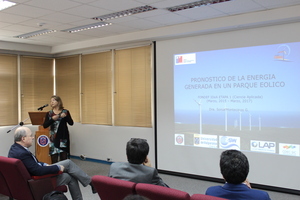 When referring to the responsibilities regarding renewable energies and adapting to a sustainable environment, Dr. Meneveau pointed out that “it is mainly hand in hand with university students, since they are the ones who know the needs of the future.” , also taking into consideration that the cost of this type of energy, wind energy in the first place, is cheaper and, therefore, more attractive to be applied.”
When referring to the responsibilities regarding renewable energies and adapting to a sustainable environment, Dr. Meneveau pointed out that “it is mainly hand in hand with university students, since they are the ones who know the needs of the future.” , also taking into consideration that the cost of this type of energy, wind energy in the first place, is cheaper and, therefore, more attractive to be applied.”